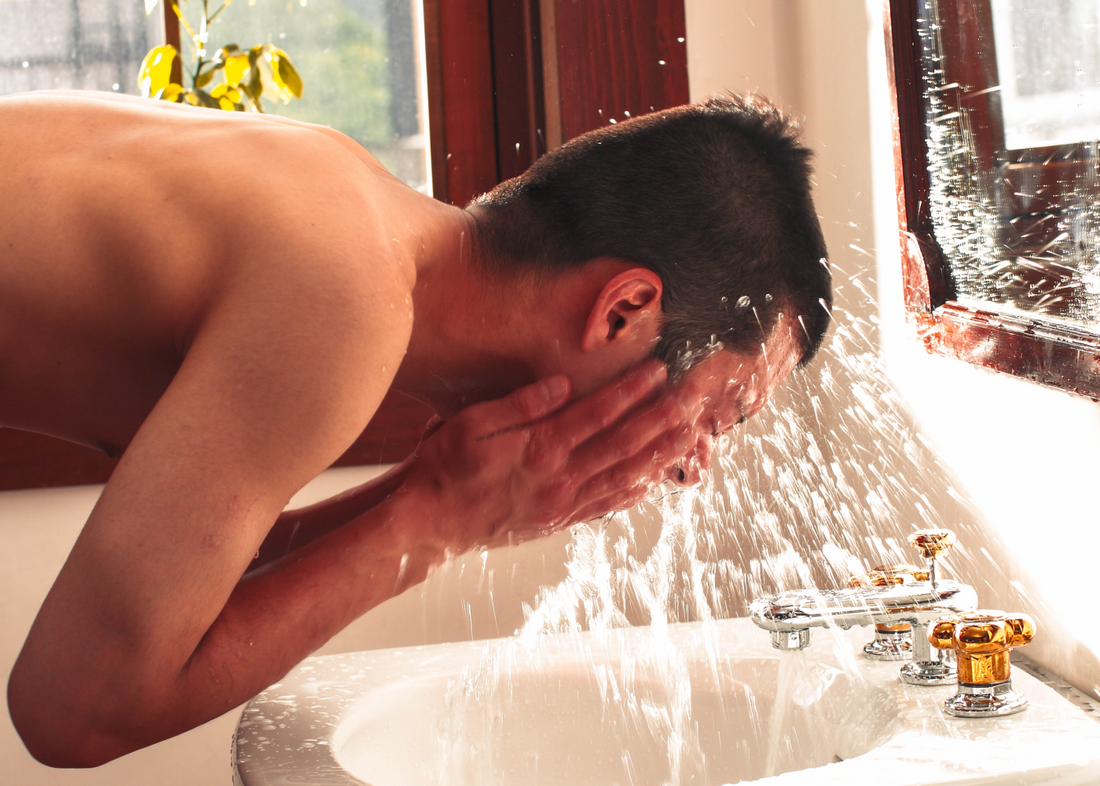
Here’s How Often You Should Replace Everything in your Bathroom
We are all aware, subconsciously, that the bathroom — that place we tend to spend a lot of time naked — is crawling with germs. Of course it is: It’s where you poop; it’s where you leave your grimy street clothes in a pile before leaping into the shower; it’s where you trim your dirty fingernails and attempt to de-gross your feet; it’s where you have, on occasion, been known to accidentally pee on the floor. But what’s really living — in many cases, thriving — in there? Let’s take a look.
What’s Living on Your Toilet Seat?
You might be surprised to learn that the toilet seat is far from the most germ-covered item in your home. There are, in fact, 200 times more fecal bacteria on the average kitchen chopping board than on a toilet seat (and they’re not even yours — they were carried there by the meat you’re cutting up for dinner). While it’s true that in many parts of the world, the presence of toilet seat bacteria that can cause diseases like cholera is a big cause for concern, in the West, it’s far less of an issue, since outside of frat houses, toilets tend to be pretty thoroughly scrubbed with bleach on a regular basis. You don’t necessarily want to eat your lunch off your toilet seat, but it’s not as bad as its reputation would suggest.
What’s Living on Your Toothbrush?
You know where all those germs you thought lived on your toilet seat actually live? That’s right — on the thing you put in your mouth twice a day! The average toothbrush is believed to be harboring more than 10 million bacteria, including particularly nasty stuff like Staph and E. coli. This is partly due to the number of bacteria that live in your mouth — anywhere between 100-200 different species — but it’s also thanks to a much more unpleasant phenomenon we like to call Toilet Flush Blast Radius. Essentially, every time you flush the can, tiny particles of fecal matter are flung into the surrounding area, coating anything within six feet of it. If your toothbrush is sitting out, unprotected, it’s going to get real nasty real quick, especially since your toothbrush doesn’t get regularly doused in bleach like your toilet does.
What’s Living on Your Towel?
Short answer: Everything. Your towel is unquestionably one of the most germ-laden items in your home, loaded with everything from coliform bacteria (the kind most associated with feces) to E. coli to salmonella. There are so many germs on the average towel, in fact, that one scientist, talking to NBC, went as far as to say that every time you dry your face with it, “You might as well stick your head in a toilet and flush it.” And don’t feel smug for having all-new towels, either: The same scientist ran tests on towels fresh from the store and discovered that, thanks to the washing and drying process during manufacturing, even newly-bought towels have fecal bacteria on them.
What’s Living on Your Loofah?
Would it shock you to learn that an object designed to sweep your dead skin cells into its nooks and crannies, then gets left, damp, in a dark, humid room, is a veritable hotel for bacteria? It’s true, and it’s not just germs — yeasts and molds are also likely to grow in those tiny holes in your sponge or loofah. If you’ve got any open cuts or scrapes — say, a shaving nick — you’re pretty much transferring all that nastiness right into the open wound, putting yourself at risk of staph infections.
What’s Living on Your Shower Curtain?
You already know that when your shower curtain liner doesn’t dry properly, it can develop a coating of foul greeny-black mildew. But even when it looks clean, it’s still crawling with bacteria. That’s because when you shower, soap and water splashes from your body onto the curtain, taking whole colonies of freshly-removed germs with it. If you’ve ever noticed traces of soap scum on there, you can be sure that it’s teeming with bacteria, including things like sphingomonas and methylobacterium germs. When these get into your body — think about how many times your fingers might brush the shower curtain before heading for your eyes or ears or other orifices — they can cause everything from urinary tract infections to pneumonia.
So now we know what’s what. The next step, of course, is to try and reduce the number of gross things in your bathroom immediately. While napalm might seem like a reasonable solution right now, the best approach is simply to be aware of how often you should replace or clean everything in there — you’ll find expert advice on that right here. Alternatively, you can give yourself more germ-ridden nightmares by discovering how gross it is to trim your beard with your pube trimmer. Your call.
